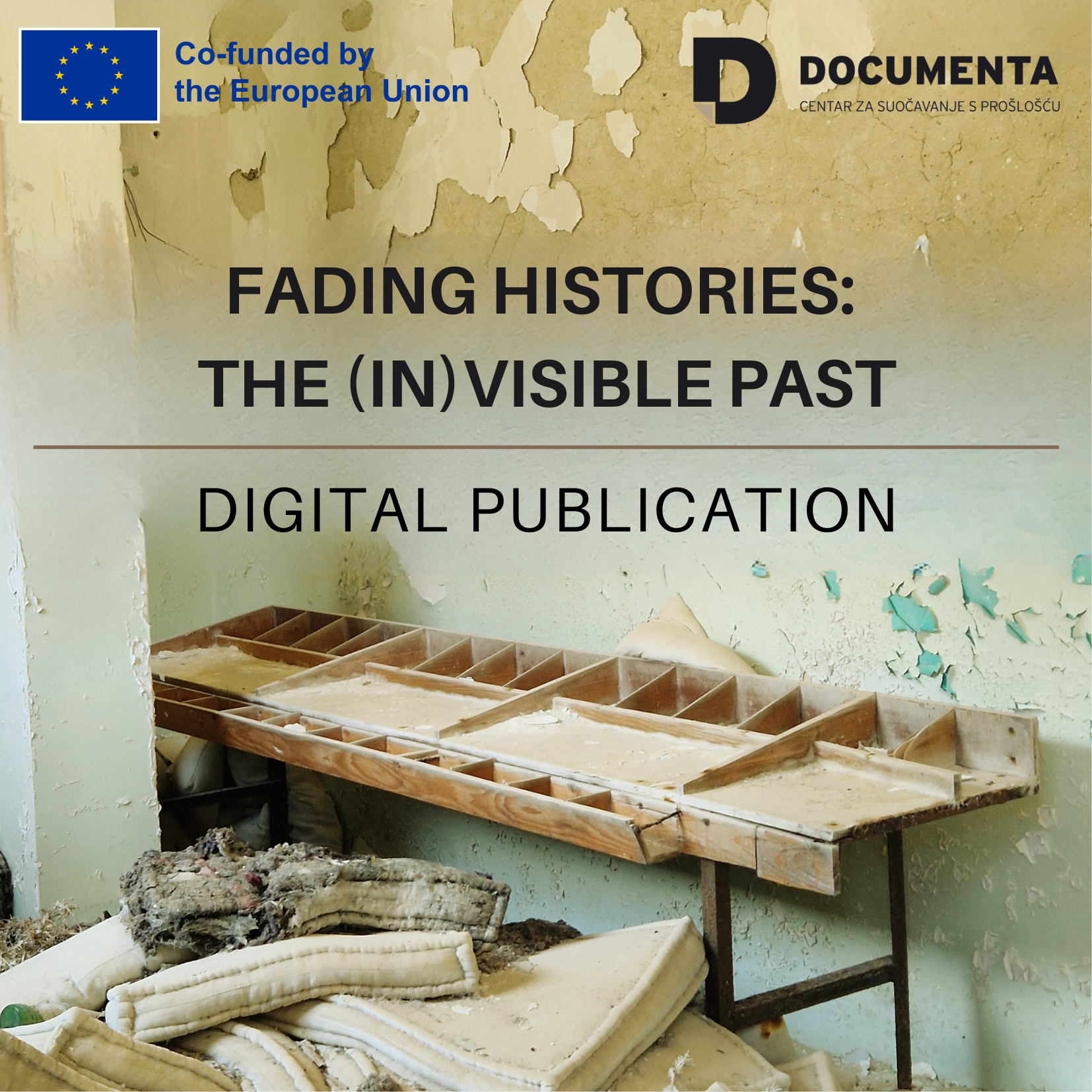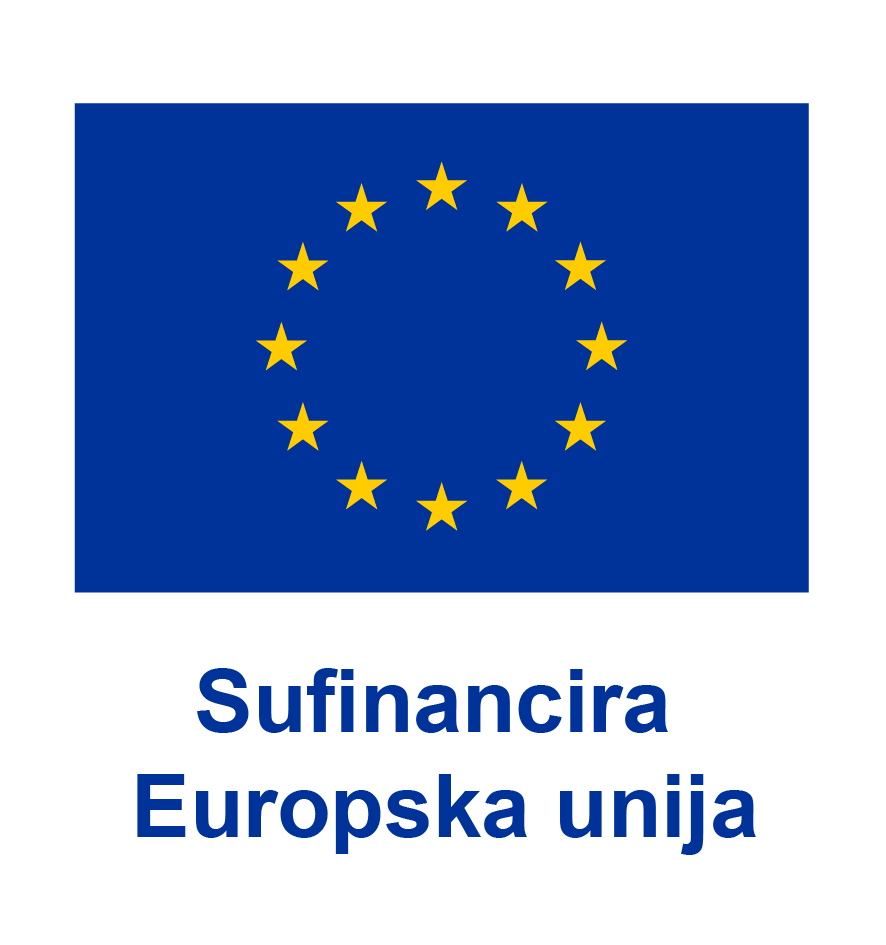Digital publication ''Fading Histories: The (In)Visible Past"

In the scope of the project „(In)Visible Traces. Artistic Memories of the Cold War” (@in_visible_traces), the project team has produced the digital publication ''Fading Histories: The (In)Visible Past". With this document, we aim to engage readers in a reflective exploration of European cultural heritage, particularly focusing on the overlooked and forgotten sites of the Cold War era. By documenting these historical locations through photography, the publication seeks to raise awareness about the importance of preserving these spaces as symbols of Europe’s divided past.
It emphasizes educating young people and the public on memory preservation and encouraging engagement with complex historical narratives. This is achieved as a main goal through the project „(In)Visible Traces. Artistic Memories of the Cold War” which uses a collaborative approach that includes workshops, artistic interventions, and exhibitions, creating a dialogue on how historical memory can inform present-day social resilience and awareness.
The online training with photographers Saša Kralj and Sandra Vitaljić was a significant component of the this activity, designed to engage young people in exploring memory through photography. This hybrid workshop combined online instruction with in-person visits to historically significant sites across Europe, such as Goli Otok in Croatia, demolished churches in Bucharest, and Cold War monuments and places in Austria and Germany.
Led by Sandra Vitaljić, a visual artist and curator focused on social issues and conflict photography, and Saša Kralj, a photographer and activist, the training encouraged participants to critically engage with sites linked to Europe's turbulent history. The sessions covered technical aspects of photography as well as theoretical considerations for capturing locations associated with repression and conflict.
Caputerd images of participants during site visits, became a digital exhibition which you can see here: https://www.instagram.com/in_visible_traces/
This collaborative process allowed them to deepen their understanding of how visual storytelling can preserve collective memory, foster empathy, and promote historical awareness.
The online exhibition and digital publication was created by the four organizations involved in the project: Documenta – Centre for dealing with the past (Croatia), Blockfrei (Austria), ARAC (The Romanian Association for Contemporary Art, Romania), The Bautzner Straße Dresden Memorial (Germany).
You can download the publication at the link below.
________________________________
This publication is created in the scope of the project „(In)Visible Traces. Artistic Memories of the Cold War”.
Co-funded by the European Union.
Views and opinions expressed are however those of the author(s) only and do not necessarily reflect those of the European Union or the European Education and Culture Executive Agency (EACEA). Neither the European Union nor EACEA can be held responsible for them.

